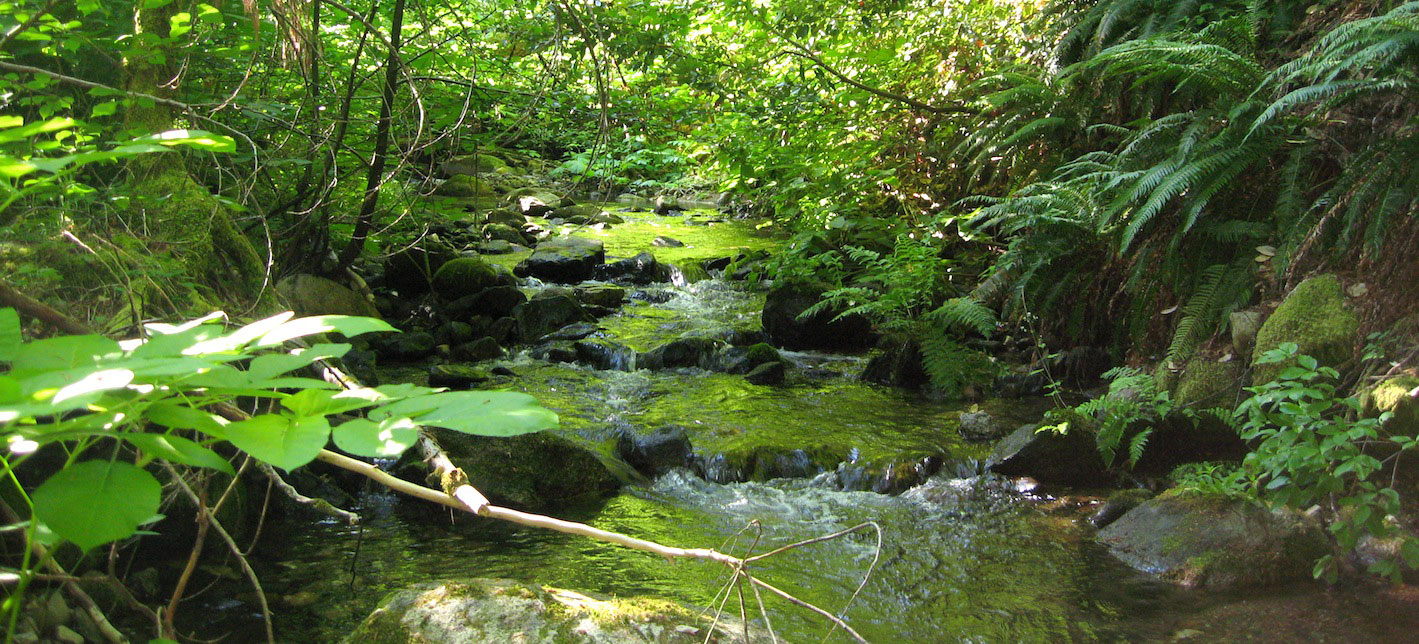In this Section:
Instructor TA Info Grading Policy Syllabus Readings Online TA Help Field Safety
In this Section:
Chapter 21 Chapter 1 Chapter 2 Chapter 3 Chapter 4 Assignment 1 Chapter 5 Chapter 6 Assignment 2 Chapter 7 Chapter 8 Chapter 9 Assignment 3 Chapter 10 Chapter 12 Chapter 11 Chapter 13 Chapter 14 Assignment 4 Chapter 15 Chapter 16 Chapter 16b Chapter 17 Field Equipment Showcase Chapter 18 Chapter 19 Chapter 20 Chapter 22 Chapter 23 Chapter 24 Course Review
Chapter 4
Theoretical Basis for Field Research
Outline:
- What is Field Research?
- Simple Definition- The act of going to a location and observing what is happening there to aid the development of a conceptual understand of some phenomenon.
- Field Experiment- "a set of measurements conducted under controlled field conditions to develop and formalize some general principle about the evolution of landforms." (Olav Slaymaker, 1982)
- 1. Measurements must be made in the context of an explicit conceptual model of the processes of interest.
- 2. Specific testable hypotheses must be formalized about the process
- 3. Measurement procedures must bear on the hypotheses.
- 4. Analysis procedures must use the data to test hypotheses and thus address the conceptual framework.
- Types of Field Research
- Classical Experiment
- Model Calibration and Testing
- Exploratory Observation
- a. Stratified Landscape Study (aka Paired Watershed study)
- b. Monitoring/Measurement Campaign
- c. Paleo Study
- d. Remote Sensing
Textbook reading:
- none.
Other reading:
- Chapter 3 of Guston, H. 1998. Field hydrology in tropical countries. Intermediate Technology Publications, p. 13-24. download here
- Hopmans, J.W. and Pasternack, G.B. 2006. Experimental hydrology: a bright future. Advances in Water Resources 29:117-120. download here
- Advanced Reference: Schumm, S. A., Mosley, M. P., Weaver, W. E., 1987. Experimental fluvial geomorphology. John Wiley and Sons, New York, NY.
Related web links:
- Models
- Water Erosion Pilot Project homepage- this site contains research on one of the newest physically-based models for predicting soil erosion.
- Use of 2D hydrodynamic models for stream restorationr- example application of a hydrodynamic model.
- Hydro Model list- long list of hydrological models.
- Lake Champlain Basin Agricultural Watersheds, A Clean Water Act Section 319 National Monitoring Program Project- excellent example of a paired basin study.
- Jordan Cove Urban Watershed Study- this site reports on a paired watershed experiment comparing standard "cookie cutter" urbanization versus environmentally conscious cluster development.
- Riparian Poplar Tree Buffer Impact on Non-point Source Surface Water Contamination: A Paired Agricultural Watershed Study
- Middle Rio Grande Basin Study
- UC-Davis Cosumnes Research Group
- San Francisco Physical Oceanographic Real-Time System (SFPORTS)- this site conains the output of a massive real-time monitoring program and computer modeling "NOWCAST" of current conditions in San Francisco bay. Check out the vertical velocity profiles throughout the bay within the last 6 minutes!
- Deciphering Mysteries of Past Climate From Antarctic Ice Cores
- Climate, Culture, and Catastrophe in the Ancient World- this site compiles a remarkable array of paleo data, field observation, and historic records in an effort to explain the origin of the urban/technological erao of human civilization around 3000BC.
- Baltimore Washington Regional Collaboratory- this site contains massive remote sensing data from an "experiment" in spatial data technology for mapping, monitoring, and managing earth resources.
- Remote Sensing in Hydrology
Video Podcast: Types of Field Hydrology Studies
This 63-minute presentation explains the theoretical foundation for hydrological field work in terms of the different types of field hydrology studies. Even though this is a field methods course, it is critically important that all measurements get made with a clear understanding of what conclusions can be drawn in light of the experimental design- all too often data is collected that is useless.
- 640 x 480 (480p) format that balances speed and quality. (621 MB file)
- 1920 x 1280 (HD) format that provides larges size and best quality. (4.6 GB file)
In this Section:
Instructor TA Info Grading Policy Syllabus Readings Online TA Help Field Safety
In this Section:
Chapter 21 Chapter 1 Chapter 2 Chapter 3 Chapter 4 Assignment 1 Chapter 5 Chapter 6 Assignment 2 Chapter 7 Chapter 8 Chapter 9 Assignment 3 Chapter 10 Chapter 12 Chapter 11 Chapter 13 Chapter 14 Assignment 4 Chapter 15 Chapter 16 Chapter 16b Chapter 17 Field Equipment Showcase Chapter 18 Chapter 19 Chapter 20 Chapter 22 Chapter 23 Chapter 24 Course Review


